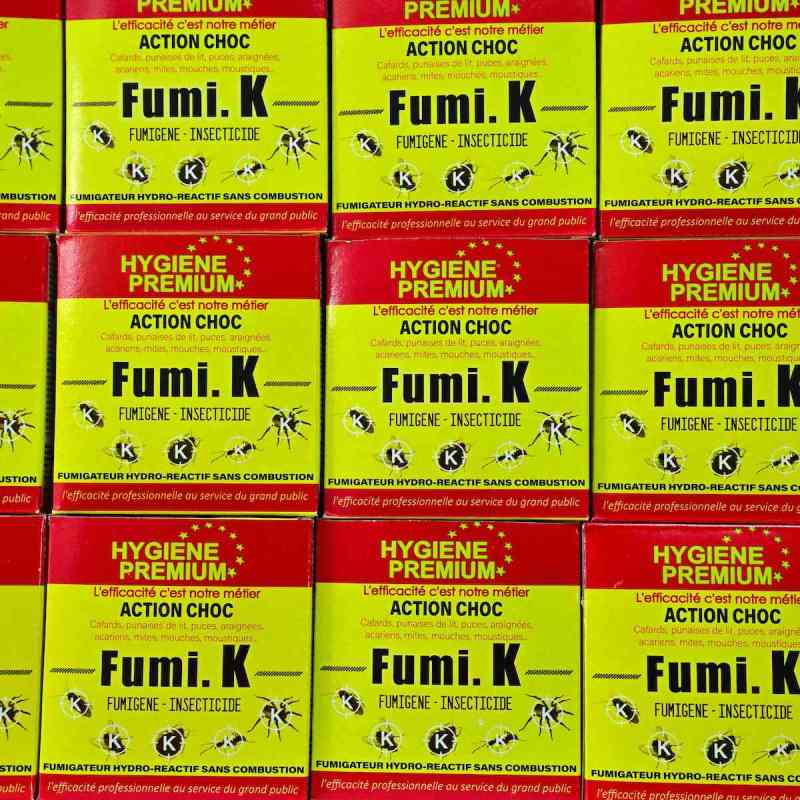
Paris, France, as you probably already know, has a citywide bed bug problem. While authorities are working to address the infestation, the situation is particularly vexing since the countdown has begun for the city hosting the 2024 Summer Olympics.
Videos by TravelAwaits
“No one is immune,” Emmanuel Grégoire, deputy mayor of Paris, wrote on X. “In the face of bed bug infestation, coordinated measures are needed that bring together health authorities, communities, and all relevant stakeholders to prevent the risk and act effectively.”
Paris isn’t alone in its struggles with the insects, which are a persistent problem for citizens and travelers all around the world. Indeed, due to the increase in international travel and immigration, officials in 135 countries on five continents say bed bugs are now a “growing concern,” according to the journal diagnostics.
If you’re planning a trip to Paris, or for that matter, anywhere, experts say there are some ways to protect yourself from bed bugs.
Here’s what travelers need to know.
What, Exactly, Are Bed Bugs?
Bed bugs, which feed on the blood of human hosts, are prehistoric parasites that evolved approximately 100 million years ago, Smithsonian Magazine reports.
Adult bed bugs are brown or reddish-brown. Their oval-shaped bodies are about the size of an apple seed or Abraham Lincoln’s head on a penny, according to WebMD.
Their much smaller young, called “nymphs,” are translucent or whitish-yellow. Due to their small size and coloring, they can be extremely difficult to see.
Despite their name, bed bugs are frequently found in bed coverings, mattresses, box springs, wall cracks, cracks and crevices in wooden furniture, and even in electrical outlets. In short, they can be found hiding anywhere close to unsuspecting humans.
How To Be Safe While Traveling
Although it’s difficult to check for bed bugs because they are so small, there are steps travelers can take to protect themselves.
The first step while checking a hotel room for bed bugs is to place luggage on the floor and not on the bed or luggage rack. An even better location is in the bathroom on the tile floor.
Next, be sure to inspect the bed and mattress, particularly the mattress’ top and bottom seams. It isn’t necessary to spend too much time inspecting the linens because the hotel’s housekeeping staff frequently changes and washes them, says Ben Hottel, an entomologist and technical services manager with international extermination company Orkin, according to the Washington Post.
You should also check the bed’s headboard, nightstand, and other upholstered furniture.
The entire process should only take 5–10 minutes, Hottel explains.
Dealing With Possible Bites
It’s difficult to tell if you’ve been bitten by bed bugs.
“When bed bugs bite, they inject an anesthetic and an anticoagulant that prevents a person from realizing they are being bitten,” according to the Centers for Disease Control and Prevention (CDC). “Most people do not realize they have been bitten until bite marks appear anywhere from one to several days after the initial bite.”
What’s more confusing is that bed bug bites are similar to those of mosquitoes and fleas. The bite is often slightly swollen, red, and may itch.
When determining if a bite came from a bed bug, Dr. Karan Lal, a dermatologist and Society for Pediatric Dermatology member, recommends looking for a so-called “breakfast, lunch, and dinner” mark. That’s because, “They bite in lines or clusters of three,” Dr. Lal explains, according to CBS News.
Although the bites may be irritating, they generally don’t lead to health issues, the CDC continues. Even so, you should avoid scratching the bite, wash it with warm water and soap, and apply antiseptic cream.
What To Do At Home
Bed bugs don’t travel on people but they can hitch a ride in travelers’ suitcases, other luggage, and even clothing.
If you suspect that you’ve been around bed bugs, it’s important to take several precautions back at home.
First, rather than taking luggage into the house, place it and its contents in the garage.
Then, carefully inspect the luggage, including its seams and material, for bed bugs.
Next, be sure to wash all of the clothing in the suitcase. If that can’t be done right away, put everything in a sealed plastic bag until it can be cleaned, the Environmental Protection Agency (EPA) explains.
When you do wash the clothes, be sure to put everything in the dryer as well. Turning the dryer to a “high heat” setting for 30–45 minutes will kill the insects, the EPA continues.
Other clothing that cannot be washed at home should be left in a sealed plastic bag until it can be taken to a dry cleaner. That process also kills bed bugs.
Finally, remember to always store suitcases away from your bedroom, such as in the basement or garage, the EPA continues. Luggage should never be stored under your bed.
